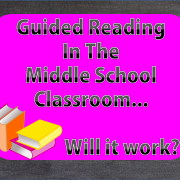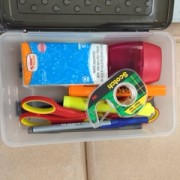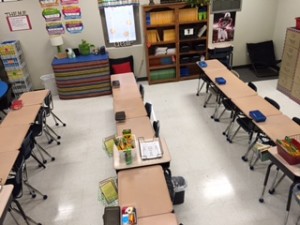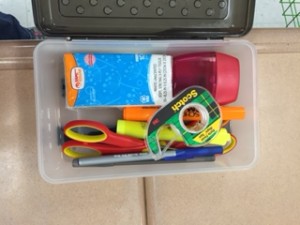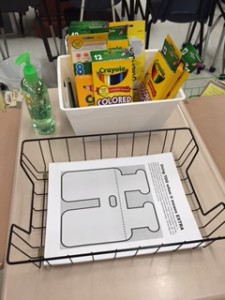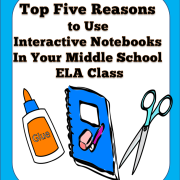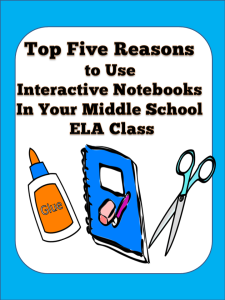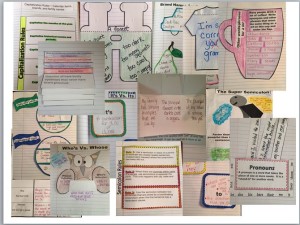Guided Reading in Middle School? Will it Work?
Are you thinking of trying guided reading in middle school? As a middle school teacher, I was eager to learn about guided reading. It’s the craze in elementary school, and I was anxious to know if it would work miracles in my seventh grade ELA classroom. Here is what I determined after all of my research on how guided reading works.
- Not all students need guided reading at the middle school level, but some could benefit from it.
- Literature circles are more effective for many students at the middle school level.
- I can do both, (guided reading and literature circles) and generate excitement in my classroom by calling it “Book Clubs”.
Literature circles do not sound very fun for students, but at the mention of book clubs, students’ eyes light up! The word “club” sounds like a place to belong, a place to eat snacks, and a place to have fun. I have found that with these ingredients, I can have a classroom where my students are actively involved in reading and discussing literature. I can also sneak in guided reading sessions with those “clubs” who need it the most.
I make three lists of books (books that are high interest and that I have multiple copies of), one list for my top readers, one for those who fall in the middle range, and a list for my struggling readers. I allow students to choose a book from the list made for them, and then I form my groups. My students will have three meetings, so I divide the books into sections that must be read before each meeting. During meetings, I allow students to sit in bag chairs (which fit nicely in a big trash can in our classrooms) and eat snacks as they discuss the novel that they are all reading. I walk around to monitor groups and listen in on their discussions. I also hold guided reading sessions with those groups who need it. I can ask these students to read portions aloud to me and work with them on strategies for reading and comprehending.
Recently, I read Notice and Note Strategies for Close Reading by Kylene Beers and Robert Probst. This book introduced me to the six reading signposts. All I can say about this is WOW! This is a game changer for the way I teach reading. Now, I have students look for the six signposts while preparing for book clubs. When I meet with those groups who need the guided reading, we discuss these signposts together. This gives me a valid way for guided reading in middle school to work!
Check out our Literature Circle/Book Clubs resource for everything you need to start book clubs in your own classrooms. This resource will explain the six reading signposts and provide you with handouts to teach them to your students. Plus, you’ll have everything needed for book clubs using any novels that you wish! And for those students who could benefit from guided reading lessons, you can meet with those groups during book club meetings!
We have also created an in depth resource for 24 specific novels. Check out our FREE sample of Book Clubs for 5th -7th Grade.
Here’s what this complete resource includes:
- A list of 24 novels at different levels
- Comprehension Checks to make sure students are completing the reading assignments
- A Book Club Preparation Form to guide students in preparing for the meetings
- A Book Club Discussion Guide to guide the actual meetings
- Book Club Projects for clubs to complete at the end of the book
- Tests for all 24 novels
I hold book clubs once per nine weeks. Students absolutely LOVE it, and I do too because I know it is so valuable.

